- Home Page
- Company Profile
-
Our Products
- Fiberglass and Insulation Sleeves
- Fire Resistant Sleeve
- Insulation Sleeves
- Polyester Expandable Braided Sleeves
- SRBP Tubes
- Polyurethane Fiberglass Sleeves 1.5 kv
- Acrylic Fiberglass Sleeving
- Varnished Fiberglass Sleeve F Class
- Fire Sleeves
- Polyurethane Fiberglass Sleeve
- PVC Coated Fiberglass Sleeve
- Silicone Coated Fiberglass Sleeve
- Polyurethane Coated Fiberglass Sleeves
- Fiberglass Sleeve ( China Sleeve )
- Fiberglass Sleeving B Class
- Nomex Paper and Electrical Insulation Papers
- Electrical Insulating Paper
- Eurotherm Laminated Nomex Paper NPN
- Pure Aramid Paper
- Laminated Fleece Paper
- Laminated Aramid Paper
- Saturated Fleece Paper
- DuPont Nomex Paper
- Saturated Fleece Paper
- Insulating Kraft Paper
- Insulation Pressboard
- Laminated Nomex
- Electrical Insulation Papers and Laminates
- Pure Aramid (Nomex) Paper
- Laminated Fleece
- Black Kraft Paper
- Amotforse Brown Kraft Paper
- Diamond dotted Paper
- Fiberglass and Insulated Cables
- Glass Epoxy Sheets and Wedges
- Varnishes and Thinners
- Electrical Insulation Tapes
- Electrical Insulation Sheets and Fabrics
- PTFE Wire
- Silicon Cable
- Insulation Film
- Fiberglass and Insulation Sleeves
- Certificates
- Contact Us
Electrical Insulating Paper
200.0 INR/Kilograms
Product Details:
- Material Other
- Coating Uncoated
- Thickness 5 Millimeter (mm)
- Coating Side Single Side
- Color White
- Click to view more
X
Electrical Insulating Paper Price and Quantity
- 200.0 INR/Kilograms
- 1 Kilograms
Electrical Insulating Paper Specification
- 5 Millimeter (mm)
- Other
- Single Side
- White
- Uncoated
Electrical Insulating Paper Trade Information
- 1000 Kilograms Per Month
- 3 Days
Product Description
Electrical Insulating Paper is made up of two layers of polyester fleece fused together with a high-quality thermosetting adhesive on either side of a polyester film. The strong electrical and mechanical strength of the polyester film is complimented by the polyester fleece's good impregnating qualities. This paper is very safe to use. This paper can wrap tightly and precisely around any size or form due to its great elongation and flexibility. Transformer coils, cables, and other electrical equipment are examples of typical applications.
Electrical Insulating Paper Features:
1. Used to carry the tension and weight of the conductors
2. The material must have high mechanical strength.
3. They'll need a lot of dielectric strength.
4. Highly resistant materials are used
5. Also used to insulate transformers and motors with electrical insulation paper.
6. Has excellent electrical characteristics
7. Quality tested
8. High performance
Electrical Insulating Paper Applications:
1. Transformer Insulation: Electrical insulating paper is a key component in power transformers, both in distribution and transmission systems. It is used to insulate the winding conductors from each other and from the transformer core. This helps prevent electrical breakdown and ensures the safe and efficient operation of transformers.
2. High-Voltage Cable Insulation: Insulating paper is used as a component in the insulation system of high-voltage cables, including underground power cables and submarine cables. It helps maintain electrical integrity and prevents current leakage.
3. Capacitor Insulation: Capacitors are widely used in electrical circuits to store and release electrical energy. Electrical insulating paper is often used as a dielectric material in capacitors to prevent electrical discharge between the capacitor plates.
4. Bushings and Insulators: Insulating paper is used in the construction of bushings and insulators for high-voltage equipment. These components help direct and insulate electrical currents and are crucial in the safe operation of power systems.
5. Motor and Generator Insulation: Electrical insulating paper is used to insulate coils and windings in electric motors and generators. It prevents short circuits and ensures the reliable performance of these machines.
6. Switchgear and Circuit Breaker Insulation: In high-voltage switchgear and circuit breakers, insulating paper is used to insulate and separate various components to prevent electrical arcing and ensure the reliable switching of electrical circuits.
7. Transformerboard: Transformerboard is a specialized type of electrical insulating paper that is used in the construction of distribution and power transformers. It provides mechanical support and electrical insulation for the winding conductors.
8. Flexible Electrical Insulation: Insulating paper can also be used in flexible applications, such as in the production of electrical tape, gaskets, and other insulating materials.
9. Noise Damping: In addition to its electrical insulating properties, insulating paper can also be used to dampen noise and vibrations in electrical equipment and enclosures.
10. Aerospace Applications: Electrical insulating paper is used in aerospace applications to insulate and protect electrical components and wiring in aircraft and spacecraft.
11. Electrical Testing: Insulating paper is used as a test material to measure the dielectric strength and other electrical properties of materials and insulating systems.
FAQ:
1. What is electrical insulating paper?
Ans: Electrical insulating paper, also known as transformer paper or dielectric paper, is a type of paper made from cellulose fibers. It is used to insulate electrical components and prevent electrical conductivity.
2. What are the key properties of electrical insulating paper?
Ans: Electrical insulating paper should have high dielectric strength, good thermal stability, mechanical strength, and resistance to moisture and oil. These properties ensure its effectiveness as an insulating material.
3. How is electrical insulating paper made?
Ans: Electrical insulating paper is typically made from wood pulp or cotton fibers. The paper is impregnated with insulating oils and subjected to various treatments, such as drying and calendaring, to enhance its properties.
4. What are the common applications of electrical insulating paper?
Ans: Electrical insulating paper is used in power transformers, high-voltage cables, capacitors, bushings, insulators, motors, generators, switchgear, and more, to provide electrical insulation and ensure safe operation of electrical systems.
5. How does electrical insulating paper enhance safety in electrical systems?
Ans: Electrical insulating paper prevents electrical current from flowing where it shouldn't, reducing the risk of electrical faults, short circuits, and electrical fires in electrical equipment and systems.
6. Can electrical insulating paper be recycled?
Ans: Yes, electrical insulating paper can often be recycled. The cellulose fibers can be reprocessed into new paper products or other cellulose-based materials.
7. What are the challenges in using electrical insulating paper?
Ans: Some challenges include degradation over time due to exposure to moisture and oil, which can reduce its insulating properties. Ensuring proper maintenance and monitoring is essential to address these issues.
8. Is there a difference between different types of electrical insulating papers?
Ans: Yes, there are various types of insulating papers with different properties to suit specific applications. Transformerboard, for example, is a specialized type used in transformers due to its mechanical strength.
9. How is the quality of electrical insulating paper tested?
Ans: Electrical insulating paper is tested for dielectric strength, moisture content, oil absorption, tensile strength, and other relevant properties using standardized testing methods.
10. Are there alternatives to electrical insulating paper?
Ans: Yes, alternatives include synthetic materials like polyimide and epoxy-based materials, but electrical insulating paper remains popular due to its cost-effectiveness and reliability.
11. Can electrical insulating paper be repaired or refurbished?
Ans: In some cases, damaged insulating paper can be repaired or replaced within electrical equipment to restore its insulation properties. However, this typically requires the expertise of trained technicians.
12. How long does electrical insulating paper last in electrical equipment?
Ans: The lifespan of electrical insulating paper depends on various factors, including the operating conditions, maintenance, and the quality of the paper. In well-maintained systems, it can last for decades.
13. What safety precautions should be taken when working with electrical insulating paper?
Ans: Safety precautions should include proper handling to prevent damage, protection against exposure to oils and chemicals, and compliance with electrical safety standards and regulations.
Tell us about your requirement

Price:
Quantity
Select Unit
- 50
- 100
- 200
- 250
- 500
- 1000+
Additional detail
Mobile number
Email

 Send Email
Send Email 

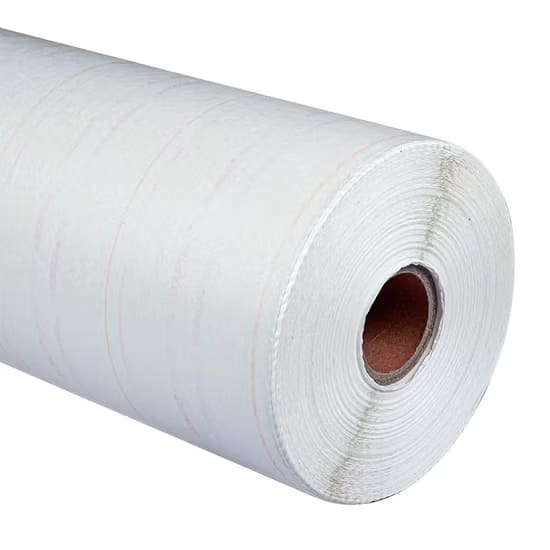
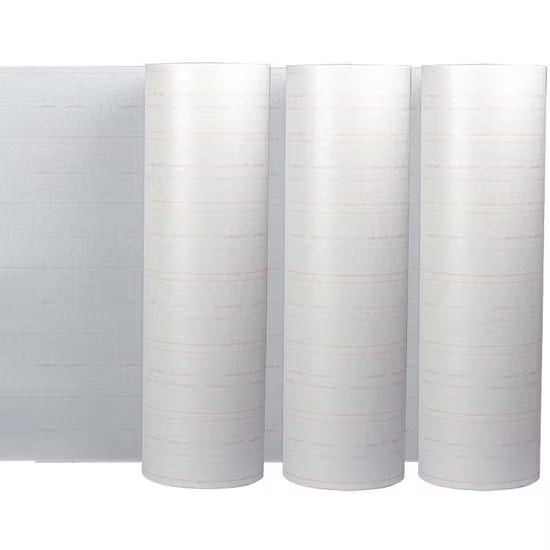
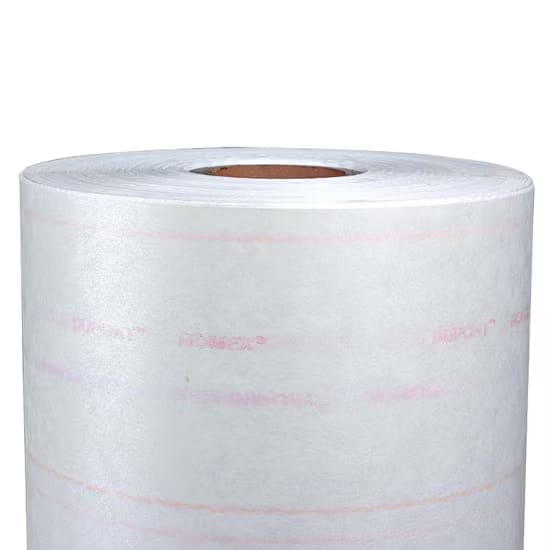
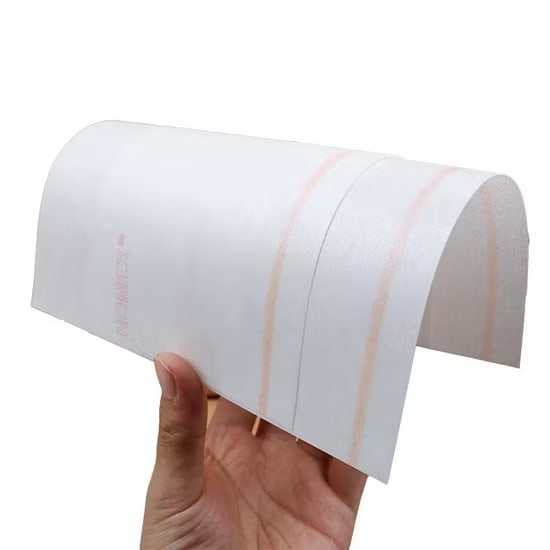
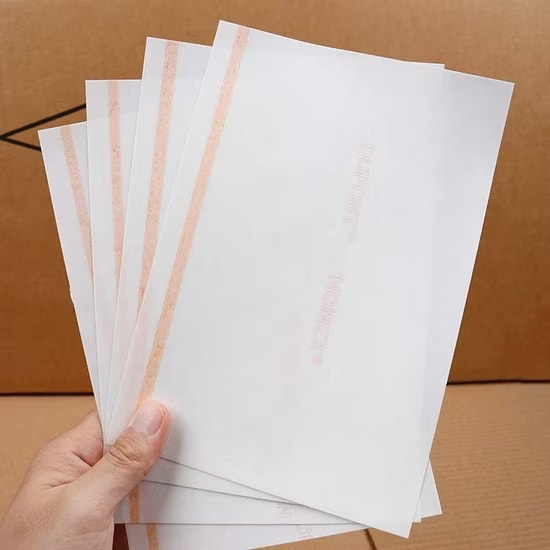








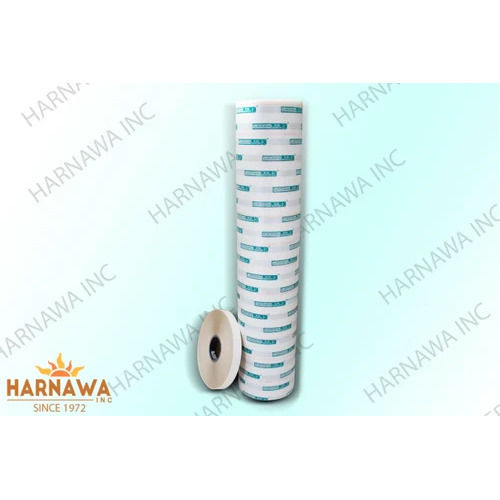



 Send Inquiry
Send Inquiry Send SMS
Send SMS Call Me Free
Call Me Free
 English
English Spanish
Spanish French
French German
German Italian
Italian Chinese (Simplified)
Chinese (Simplified) Japanese
Japanese Korean
Korean Arabic
Arabic Portuguese
Portuguese